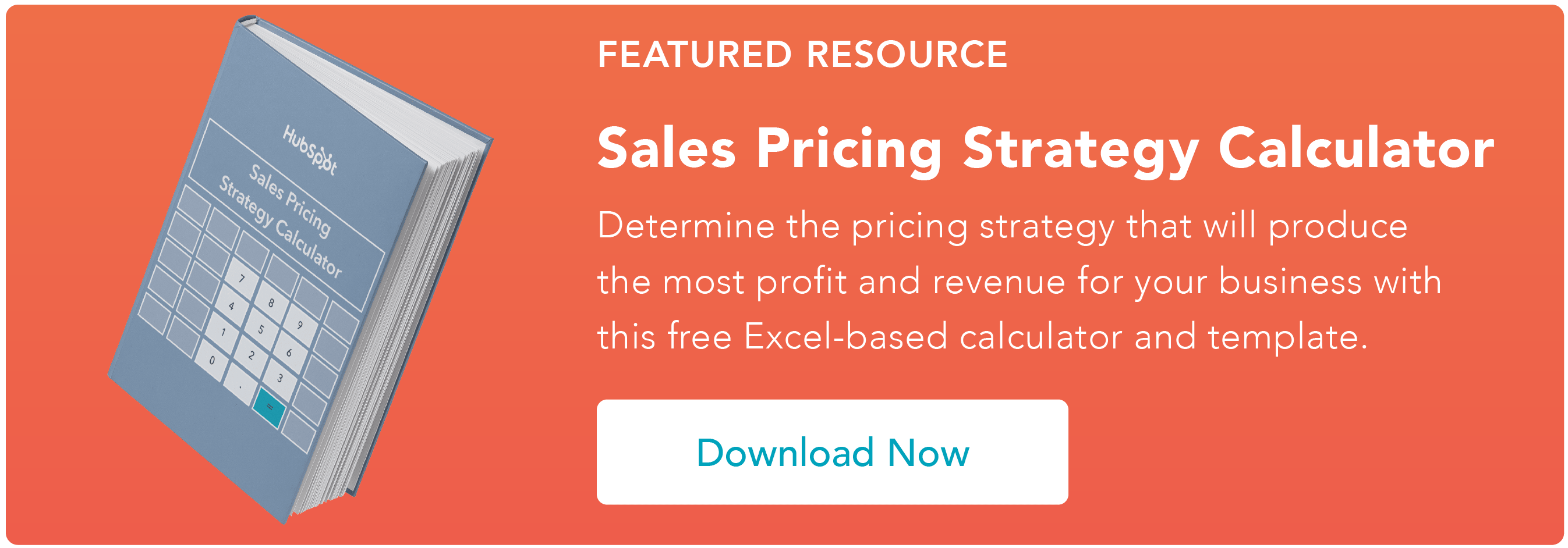Sometimes things that we buy can be supplemented by an additional purchase, like a case for a laptop or in-flight upgrades. While it may feel like we really need to buy the extra item, it’s usually something that will simply improve our experience.

When we buy these optional items, they’re usually priced using a strategy called optional product pricing. The model is relevant to all different types and sizes of businesses, from electronics retailers to car manufacturers to software companies.
The goal of this strategy is that if there are products that seem like they will be better with the purchase of another product, customers are more likely to buy the second product and drive more sales — precisely what businesses want. Read on to learn more about optional product pricing, examples from companies you may be familiar with, and outline considerations for using the strategy.
What is optional product pricing?
Optional product pricing is when a business sets a base product at a lower cost and additional, optional products at a higher price to make up for any losses. Optional products aren’t required for the base product to work, but they usually enhance the customer experience.
As mentioned above, the two key components of optional product pricing are:
- A base product: The main draw for the customer or why they’re making a purchase. It fulfills the customers needs and doesn’t require the optional product to function. Base products are sometimes referred to as loss leaders.
- A complimentary product(s): A product that someone who purchased the base product may be likely to buy to enhance their experience with the base product, like additional added features for software or adding GPS or satellite radio when purchasing a car.
This pricing strategy is not to be confused with captive product pricing, as they’re both based on similar concepts.
Optional Product Pricing vs. Captive Product Pricing
Optional and captive product pricing may seem like the same pricing strategy, but a fundamental difference lies in the second product a consumer will purchase. With the former, the additional product is optional and merely supplemental to the base product. On the other hand, with captive product pricing, the additional product is required to make the base product work, so customers must purchase it, hence the use of the word captive.
So, for example, ink is required for a printer to work (printer ink is a captive product), but a camera case is not required for a camera to work (a camera case is an optional product).
Let’s go over some real-life examples of optional product pricing from businesses you may be familiar with.
Optional Product Pricing Example
Casetify
Casetify sells phone cases for Android and iOS phones. It uses the optional product pricing model for its products, where phone cases are the base product, and things like screen protectors or phone straps are optional products presented to customers in a checkout window (as shown in the image below).
Consumers don’t need to purchase anything but the phone case, but the optional product can enhance their experience.

JetBlue
JetBlue is an American airline company that uses the optional product pricing model. It sells airline tickets as a base product and additional options like extra bags, better seating, or in-flight food and drinks to supplement the flight experience.
The image below is an example of additional costs for adding a second bag to a JetBlue flight.

Optional Product Pricing Disadvantages
The main disadvantage of optional product pricing is that enough customers must purchase your optional products to make up for any losses from how you’ve priced your base product. If you overestimate consumer interest or the optional products don’t genuinely supplement their experience, you’ll end up losing out on revenue.
Another disadvantage of optional product pricing lies in consumer confusion. If it’s not clear that your optional products are truly optional to an experience, customers may become frustrated by higher than anticipated costs and take their business elsewhere.
Choosing to use the strategy should depend entirely on your business needs. But, if you have a base product that can genuinely be enhanced or supplemented by additional products you sell, it’s worth considering as it is a valuable tool for generating revenue.








![Price Skimming: All You Need To Know [+ Pricing Calculator]](https://53.fs1.hubspotusercontent-na1.net/hubfs/53/price-skimming-strategy.jpg)


![B2B Pricing Models & Strategies [+ Pros and Cons of Each]](https://www.hubspot.com/hubfs/b2b-pricing-models-and-strategies.jpg)